Pacific Ocean: The Pacific Ocean is the largest and deepest ocean on Earth, covering an area of over 60 million square miles. It stretches from the Arctic Ocean in the north to the Southern Ocean in the south and is bounded by the Americas to the east and Asia and Australia to the west. The Pacific is a vast and diverse body of water that has played a crucial role in shaping the history, culture, and economy of the regions it touches.
Pacific Oceans Geography and Climate
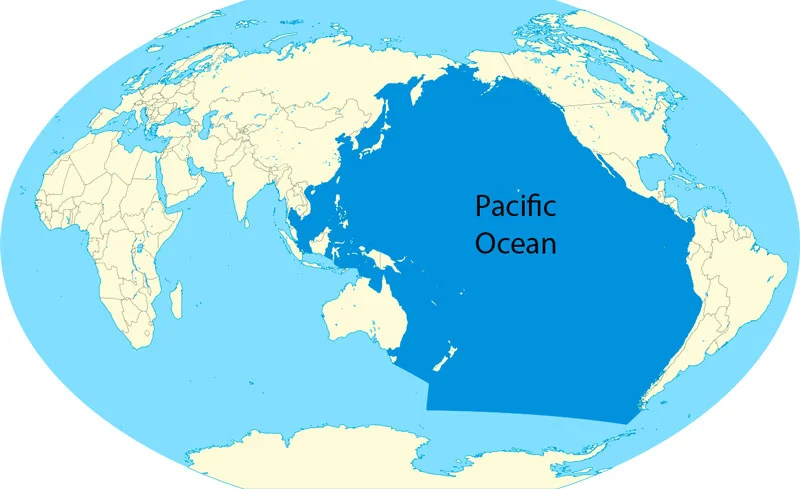
The Pacific Ocean is characterized by its deep blue waters and wide range of ocean currents. The ocean is divided into two major basins, the North Pacific and the South Pacific, separated by the equator. The North Pacific is known for its vastness, while the South Pacific is generally warmer and home to a wide variety of marine life.
The Pacific Ocean is home to a rich and diverse array of marine life, including whales, dolphins, sharks, and countless fish species. The ocean is also home to numerous islands, including Hawaii, Easter Island, and Tahiti, as well as the archipelagos of Indonesia, the Philippines, and Japan.
Pacific Oceans History and Culture
The Pacific Ocean has been a vital part of human history and culture for thousands of years. The ocean was a major factor in the expansion of human populations across the Pacific islands, as ancient seafarers used the ocean’s currents and winds to navigate vast distances. The Pacific was also a key battleground during World War II, with Allied and Axis powers fighting for control of the ocean to gain access to critical supply routes.
Today, the Pacific Ocean remains a vital resource for millions of people around the world. The ocean is home to some of the busiest shipping lanes in the world, with thousands of ships crossing the Pacific every day. It is also a popular destination for tourism, with millions of people visiting coastal regions and islands along the Pacific each year.
Environmental Concerns
Despite its vastness, the Pacific Ocean is facing a range of environmental challenges. Overfishing, pollution, and climate change are all having a significant impact on the health of the ocean and its ecosystems. Fish populations are declining, and coral reefs and other important marine habitats are under threat.
In recent years, there has been growing awareness of the need to protect the Pacific and its marine life. Governments, environmental organizations, and local communities are working together to implement conservation measures and promote sustainable fishing practices. Efforts are also underway to reduce plastic pollution and other forms of marine debris that are harming wildlife and damaging ecosystems.
Pacific Rim Economies

The Pacific Ocean is also a major economic driver for the regions it touches. The Pacific Rim, which includes the western coast of North America, the eastern coast of Asia, and the islands of the Pacific, is home to some of the world’s largest and most dynamic economies. The region is home to major financial centers like Tokyo, Hong Kong, and Sydney, as well as thriving manufacturing hubs in China, South Korea, and Taiwan.
Trade and transportation are major industries in the Pacific Rim, with the ocean providing a critical link between the economies of Asia and the Americas. The ports of Los Angeles, Long Beach, and Vancouver are among the busiest in the world, while the ports of Shanghai, Singapore, and Hong Kong serve as key gateways to the rest of Asia.
The Pacific Ocean is a vast and complex ocean that has played a critical role in the history, culture, and economy of the regions it touches. While facing a range of environmental challenges, the Pacific remains a vital resource for millions of people around the world. By working together to protect and preserve the ocean, we can ensure that it continues to thrive for generations to come.
Read Also: Pink Lake
![]()

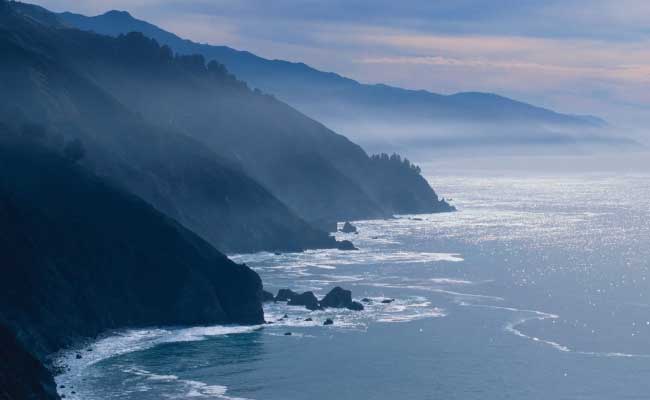
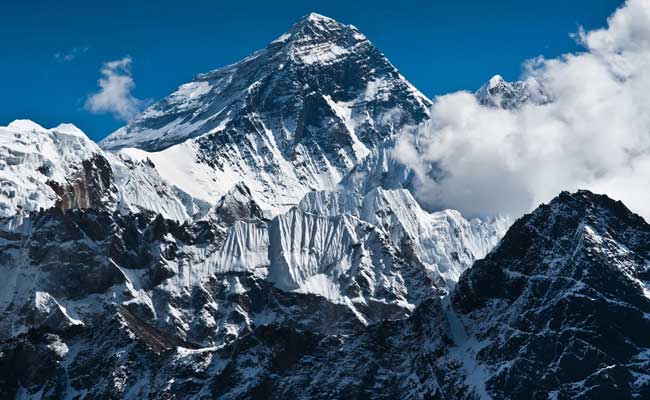

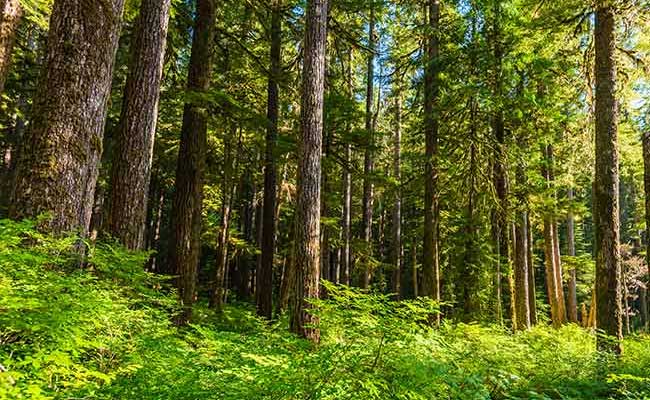
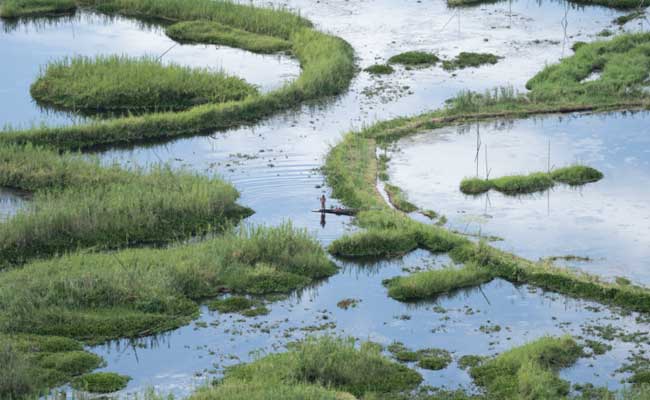
2 thoughts on “Pacific Ocean”